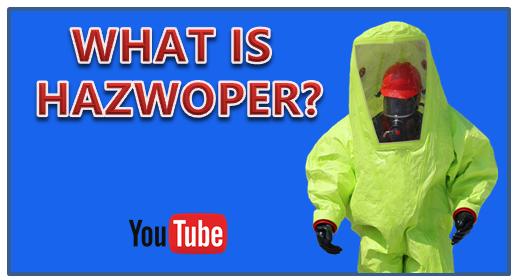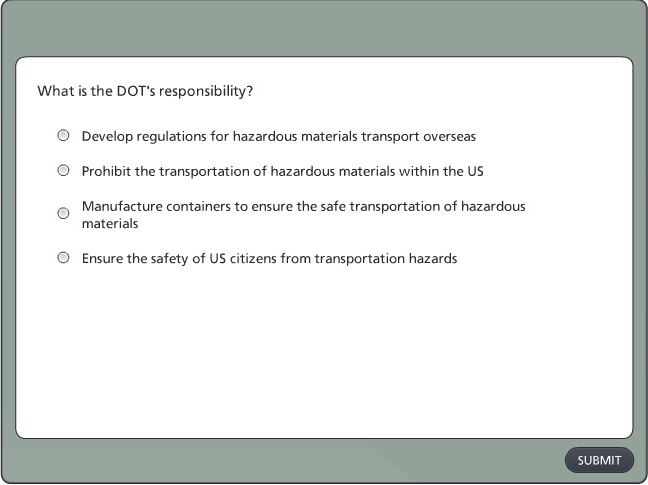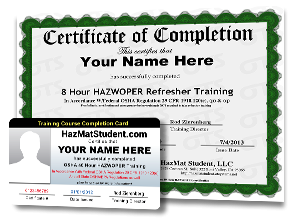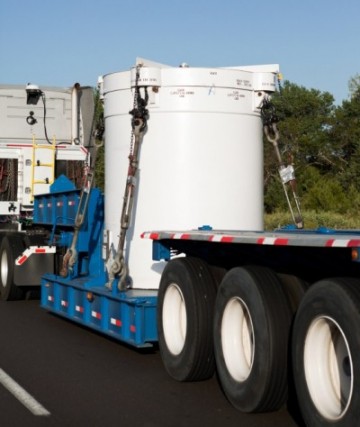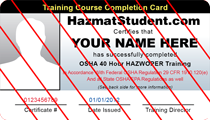DOT Training Online: HAZMAT General Awareness Course
Our online DOT HAZMAT Training: General Awareness / Function Specific (10 Hours) course is designed for employees who work in industries where hazardous materials are prepared or transported, who need to meet Federal DOT training requirements of 49 CFR 172.704(a)(1) and some of the basic requirements for 49 CFR 172.704(a)(2)(i). The course would be applicable to workers such as drivers, manufacturers, and persons who manufacture, repair or recondition containers used to transport hazardous materials.
This DOT HAZMAT training online course includes in-depth function-specific training, such as Hazard Classification, Marking, Labeling, Placarding, Packaging, Shipping Papers, Security Awareness, Hazmat Table (HMT) Usage, and Hazardous Materials Regulations (HMR). In addition, the 10 hour course also covers all the requirements presented in our DOT HAZMAT Training: Basic General Awareness (4 Hours) course. This course can be used as either initial or refresher training, which must be completed at least every three years per DOT requirements.
For information on DOT HAZMAT training requirements or the other DOT HAZMAT courses we offer, visit our DOT HAZMAT Training page.

